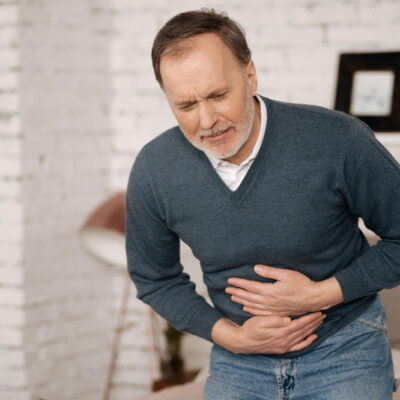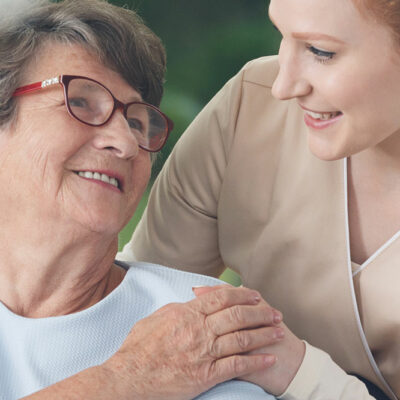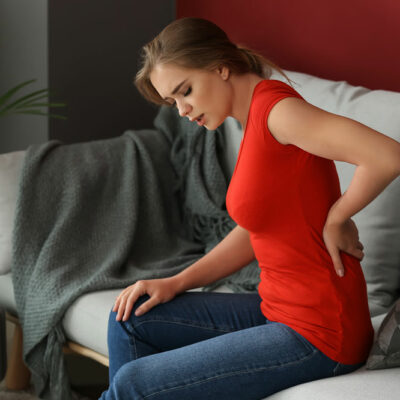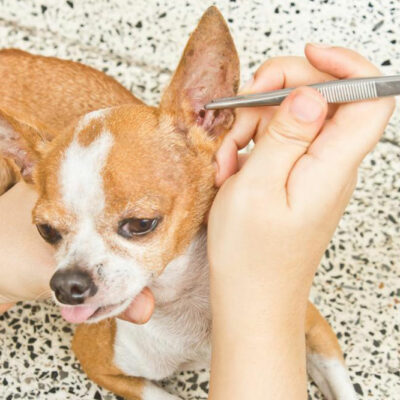
Health
Treatments and Risk Factors for Urinary Tract Infections (UTIs)
A Urinary Tract Infection (UTI) poses some really discomforting symptoms that can affect a patient’s daily life. UTIs mostly affect the bladder and urethra but can also affect the kidneys and ureters. They are accompanied by symptoms like an uncontrollable urge to urinate, increased frequency and painful urination, and frequent bathroom visits at night. The treatment method is based on the severity of the infection and the intensity of symptoms. Read on to understand a few treatment options for UTIs. Antibiotics Antibiotics generally make for the first step of treating a UTI. Medications are prescribed after considering the type of bacteria responsible for the infection and which part of the urinary tract it has affected. The antibiotics prescribed can vary for every individual, and the course of the medication is also different. That said, it’s imperative to follow the prescribed course of antibiotics to prevent the infection from recurring. The antibiotics prescribed by a doctor to treat a UTI may include nitrofurantoin, sulfonamides, fosfomycin, cephalosporins, and doxycycline. Intravenous (IV) antibiotics For postmenopausal and pregnant women and for people running a high fever or unable to keep food and liquids down, the doctor may recommend intravenous antibiotic treatment for a UTI.
Read More 















